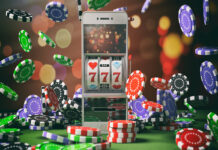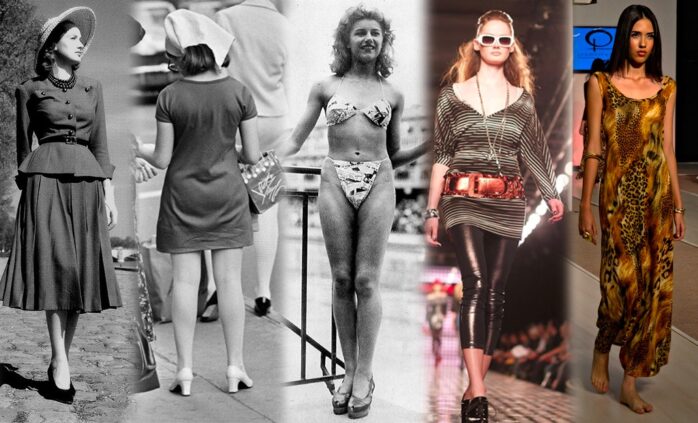
We have long been saying that fashion matters – to society, the economy, and individual lives. What we wear tells a story about us and the place we have come from. It is a popular form of self-expression that gives people individuality and transforms their personality.
Style has a history as it sets the technique for how individuals present themselves in each era – by choice and societal impact. But the one thing we are sure of is it breaks the norms. It adapts to the growing dynamics, so individuals wear what they find the most comfortable.
Considering each era, we can see that a particular style defines it. Each look has a critical influence on future generations. Although being slim is trendy today, during the older times, people honored ladies for their natural, voluptuous figures, as you can see on BBW Live. But the seductive style has undergone severe shifts, proving that it changes constantly.
Let’s see how the meaning of seductive fashion has transformed since the 1700s.
The Late 1700s
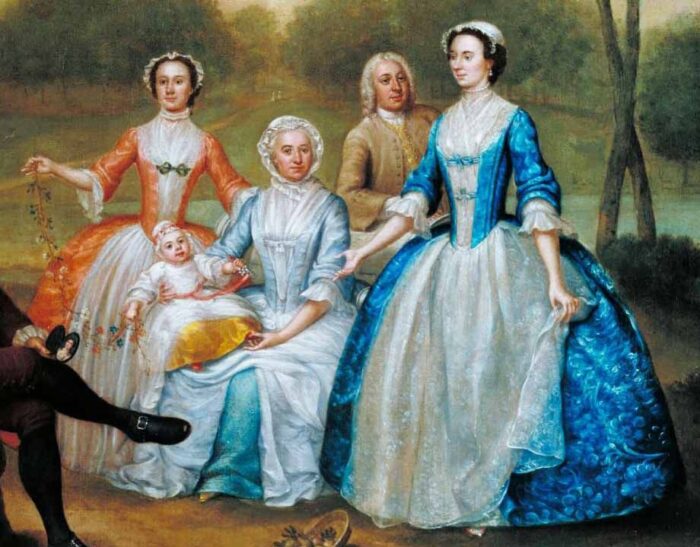
Marie Antoinette was the last ruling Lady of France before the French Revolution. Although she was a princess, her outfits often caused people to question her position within the Monarchy.
She is sporting a simple muslin outfit, referred to as a Gaulle in one painting. However, it was not something a lady of high order would model. It was light and unadorned and appeared similar to an undergarment. Since the elites wearing such clothes in a portrait was deemed wrong, it led to an outcry, compelling the exhibitors to remove it.
Although today’s fashion bar would consider voluptuous women overweight, in the late 1700s, full-figured women became the embodiment of seduction. They used to have light hair color, soft ivory skin and wore a red tint on the lips.
1800s To Early 1900s
During this period, women turned cognizant of their full-figured bodies. Everyone wanted to appear sexy, which meant a tiny waistline. To give such an illusion, they wore corsets.
Though it appeared seductive, it was not healthy. Wearing a corset means seating was out of the question. Some women went so far as to wound the corset so tightly on the waist that they could not breathe.
When we talk about makeup, Victorian females flaunted classy looks. The bold look was only for the prostitutes as it was deemed uncouth for upper-class ladies.
The 1920s To 1940s
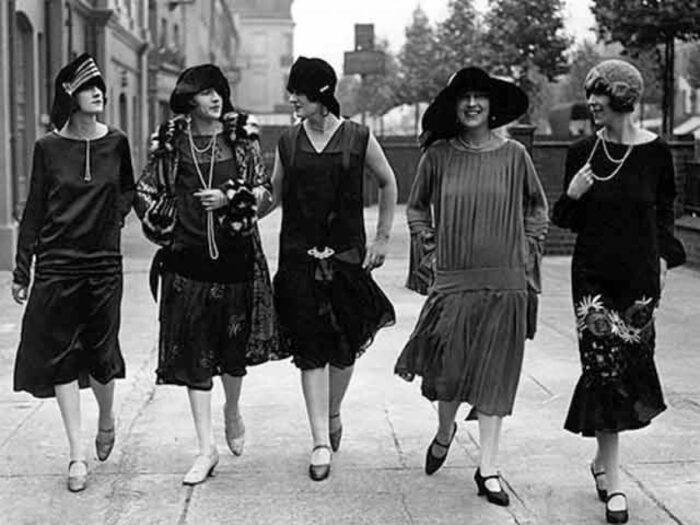
This was when the seductive countenance was out of the trend book! Ladies desired to conceal their curves by rolling strips around their bodies to achieve a tomboyish look. However, it was a crucial era for the style industry, witnessing tons of glamor and glitz.
During this era, less was considered more. Silk dresses with minimal layouts became famous. The 1920s witnessed the introduction of the drop waist trend and increased hemlines and mid-length skirts. During the 1920s, wearing outfits similar to a celebrity became universal and reasonable. Anyone could style like a celeb if they wished to.
The 1920s was a great era for men’s fashion as well. Striped suits, silk shirts, fur overcoats, and fedora caps were among the most prevalent and seductive outfit choices.
The 1950s
Style matured tremendously during the 1950s as people described themselves through their clothes rather than stressing about others.
This era saw a shift to mini skirts, sheath dresses, fur coats, ribbons, low-cut tops, and modern prints among females. They invested more money in high-end fashion like flowy skirts and jeans. Contrastingly, men’s clothes became more relaxed, colorful, and basic.
The 1960s
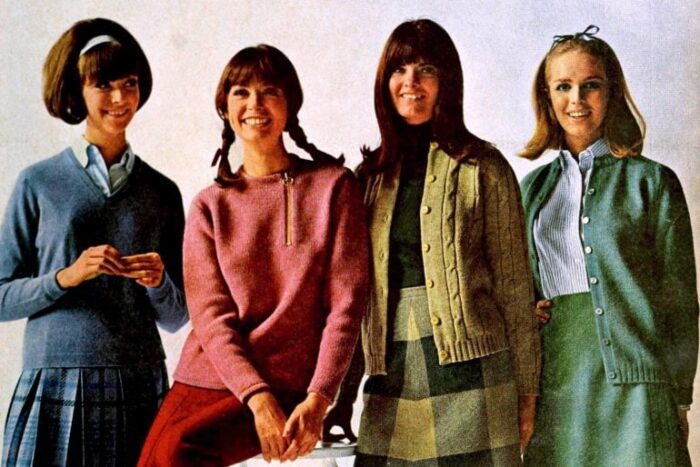
During this era, two contrasting styles emerged. There were the hippies who enjoyed wearing everyday staples like bell-bottom pants, tunics, and Converse and sported a low-maintenance hairdo and no-makeup look.
On the other hand, it was a high-maintenance look that preferred high boots, mini skirts, and shift dresses. Ladies sporting such clothes wear fake eyelashes, short pixie hairstyles, and dramatic makeup.
The 1970s
The outfit choices of people during the 1970s were desirable and disco-ready, with ladies often sporting oversized goggles and high-waist pants with a lengthy, layered, feathery hairstyle. It celebrated the onset of the bronzed seaside countenance and fake tanning to get a dramatic skin tone that would make them appear desirable.
The 1980s
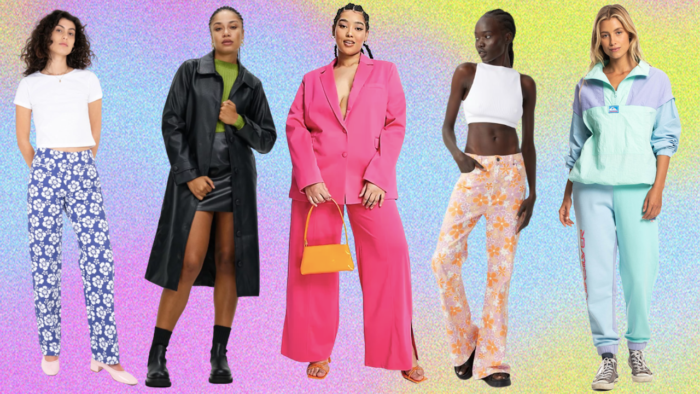
This era placed pressure on women, wanting them to maintain a particular weight while looking slim and toned. It was when glowing neon colors, intricate designs, and daring outfits became commonplace. Females often wore power suits, blending expansive shoulders and pads with a plain look.
While men sported high-belly shirts, ladies swapped between basic and feminine outfits and tight, high-waist jeans with body-hugging t-shirts. Besides, males and females mocked their hairstyle in the 1980s with hairspray to achieve a voluminous hair look.
The 1990s
This era was the best time for fashion, as it introduced various styles and trends. There were no more big hair and shoulder pads. Fashion became simpler with slip dresses, graphic tees, and baggy jeans. Men sported slap bracelets, long chains, choker necklaces, funky prints, and mood rings.
The most seductive fashion trend of the 1990s was cropped tops, low-waist flared jeans, hoop earrings, and square-toe heels or sneakers.
The 2000s and Beyond
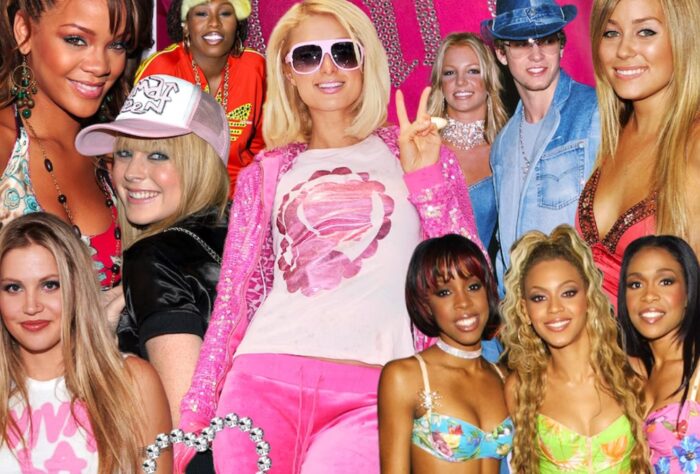
This era featured a futuristic approach with leather skirts, oversized tees, halter neck tops, and pleated skirts. Many trends became popular during the early 2000s that made their way back into the 2020s. From cute hair accessories to corsets, strappy heels, baggy jeans, crop tops, and blazers, all the trends are returning today!
Men’s fashion was also versatile during the 2000s and beyond, with unique fashion choices like flannel shirts, cargo shorts, and slim-cut pants.
Not nearly as diverse as the clothes for the ladies, there is still a lot that can be mixed and matched to achieve great outfits. Learn more about contemporary fashion trends, especially those for outdoor use. This too has changed a lot and it is much more useful and applicable these days.
Wrapping Up
Fashion has a long and deep history influenced by society, media, and individual choices over the decades. While some eras considered voluptuous women sexy, others embraced tomboyish and feminine looks. The fashion trends today are very different from what was popular in the 1900s, and the cycle will repeat itself with the same trends coming back.






